Big.
Founded in 1902, the Cadillac car brand is second in age to Buick. It has always been the aspirational marque in the GM lineup, which saw a Chevy as your first car, a Pontiac as a step up, an Oldsmobile as the sign of middle class comfort, with the Buick saying that you had arrived. Cadillacs? The province of politicians who did not pay for them, musicians who had hit it lucky and mobsters, who needed the trunk space.
The annual Phoenix Fountain Hills car show this past Saturday saw the usual gamut of collectible vehicles. More Porsches than you could shake a stick at (c’mon, the 911 is not that interesting any more), Ferraris of course (for people who invest but do not drive) and Lamborghinis (for those with more money than taste). Dozens of Jaguar XKEs (UK ‘E Types’) if you prefer ill fitting body panels and shoddy craftsmanship were there of course and the inevitable gaggle of Mercedes and BMWs.
But it was the Cadillac exhibit, supported by the local Club, which made a real statement. The cars on display were all from the 1950s, the Eisenhower era of post-WWII prosperity when, overnight, Detroit switched back to car manufacture. Since Pearl Harbor they had been concentrating on making war planes, tanks and guns so that our defeated enemies could later flood our markets with products from their new factories. Boeing’s Flying Fortresses had rendered the old ones into so much rubble. Then George Marshall made sure we recapitalized the losers with new plant and equipment with cheap loans and even cheaper grants.
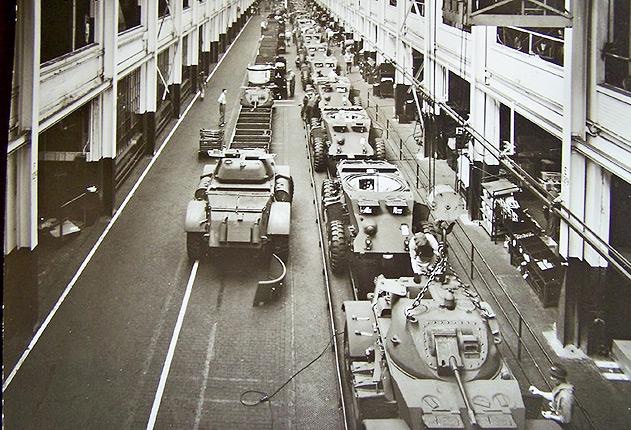
GM in 1943. Not making cars. After Pearl Harbor in December, 1941, America
focused on winning two wars and Detroit’s car production dropped. To zero.
You can gain some sense of how the Big Three – GM, Ford, Chrysler – made Detroit into America’s premier manufacturing city from these data, once Detroit has reverted to its old business:
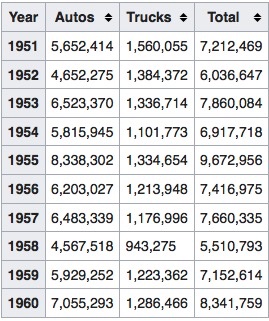
Detroit would soon be so much toast. But not before the 1950s saw the most glorious outpouring of really big cars. Heck, gas was cheap and steel was cheaper still. The steel came from Pittsburgh, not some hell hole in China.
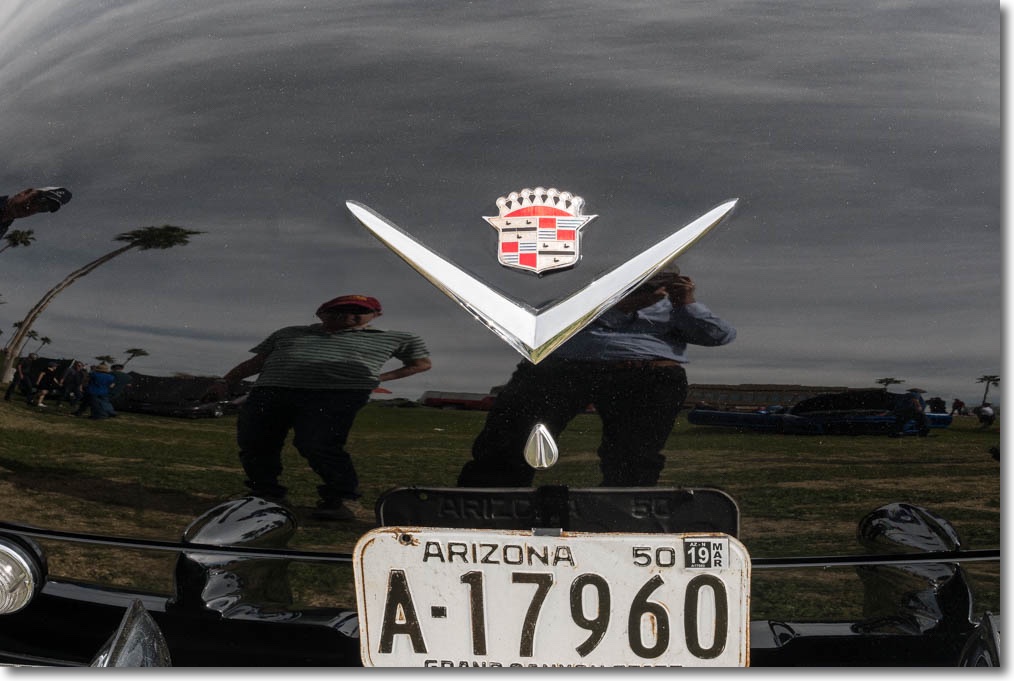
1950 – the beginning of a glorious decade of innovation and design.
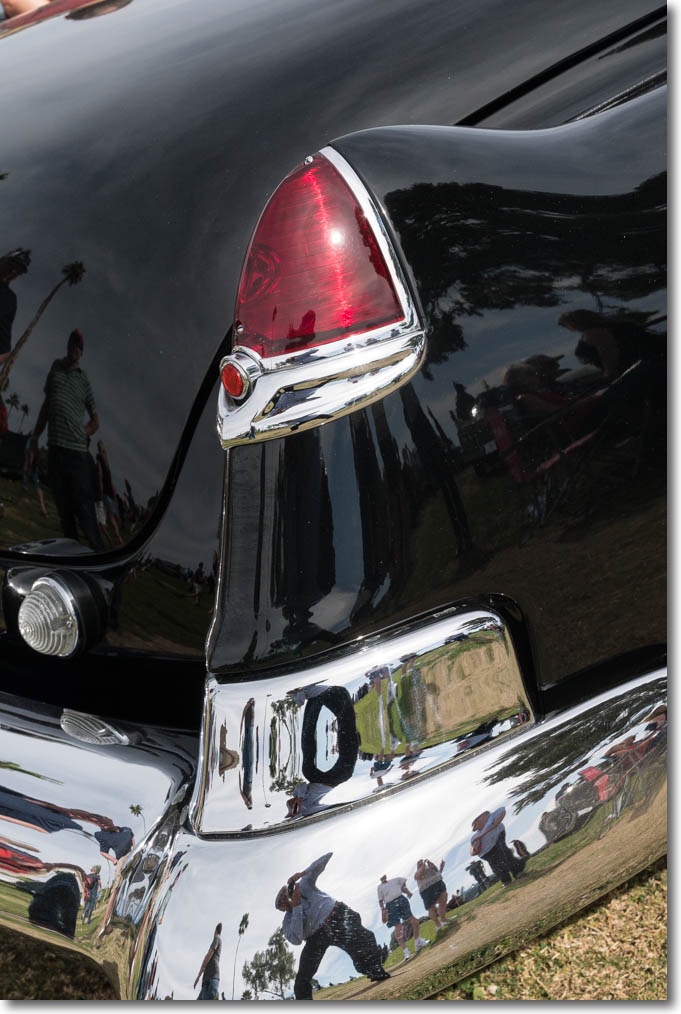
Many GM cars, not just Caddys, hid the filler cap under one of the taillights, which flips down.
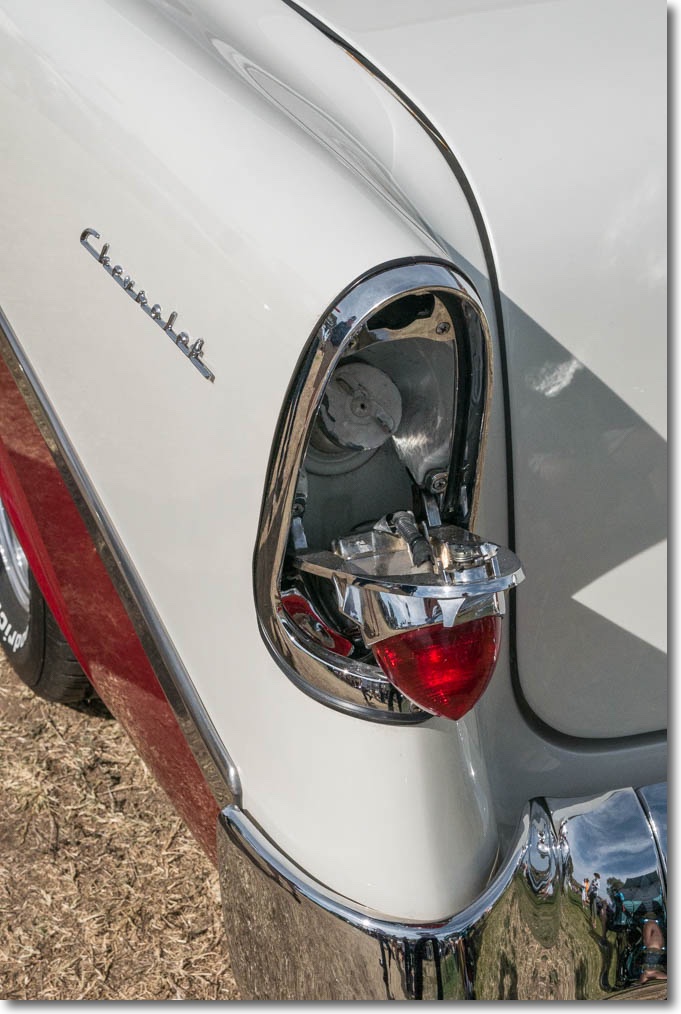
Filler cap done right – this is on a Chevy Bel Air.
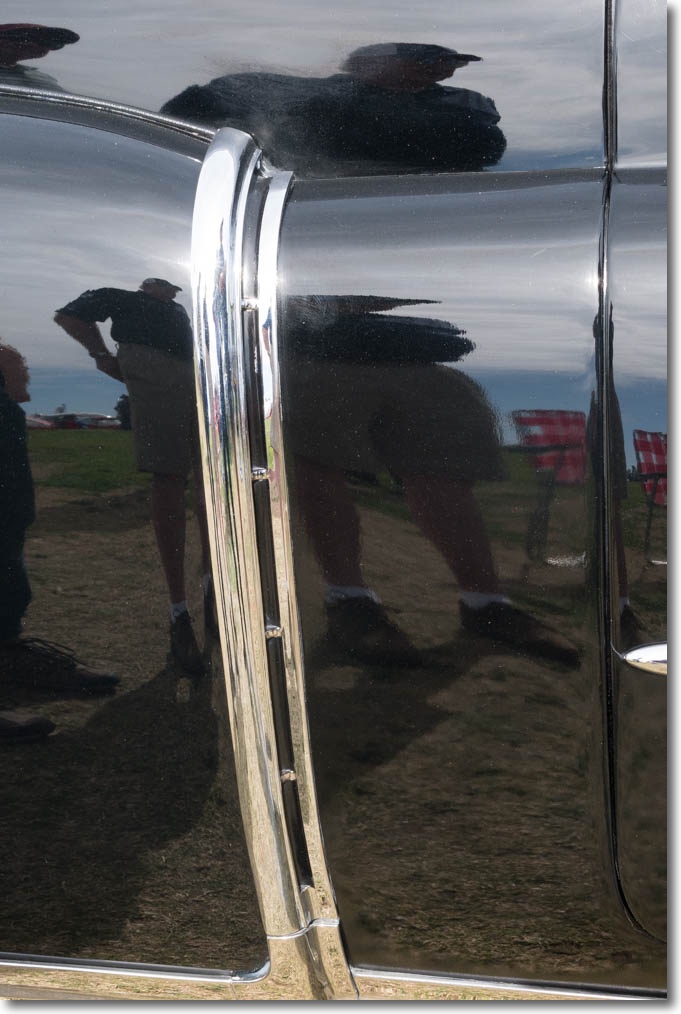
Gorgeous rear flank detail. On a Porsche these cool the rear brakes; on a Caddy they just look good.
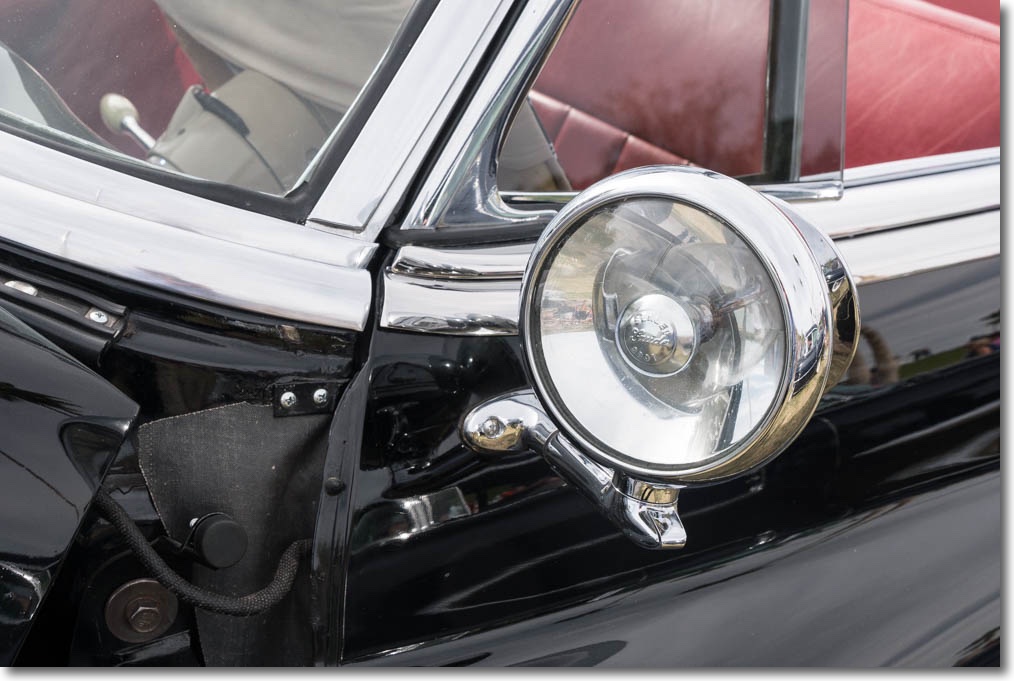
Mob option helps with midnight desert burials.
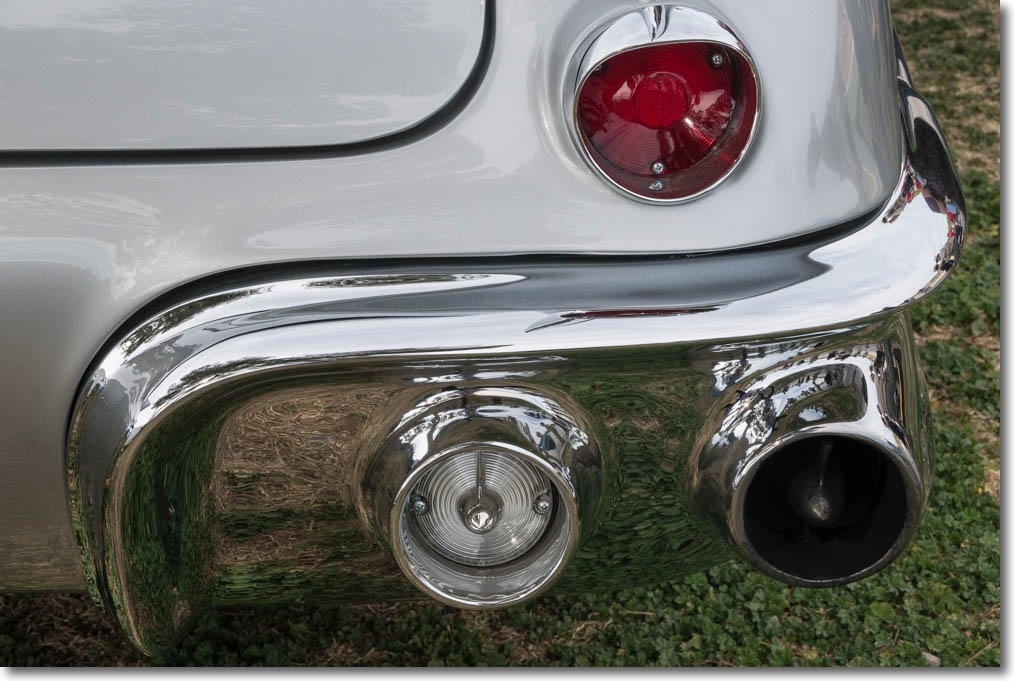
1957’s Russian Sputnik gave America a kick in the pants on space travel. The early obsession
with rocketry shows in this Cadillac’s trafficators.
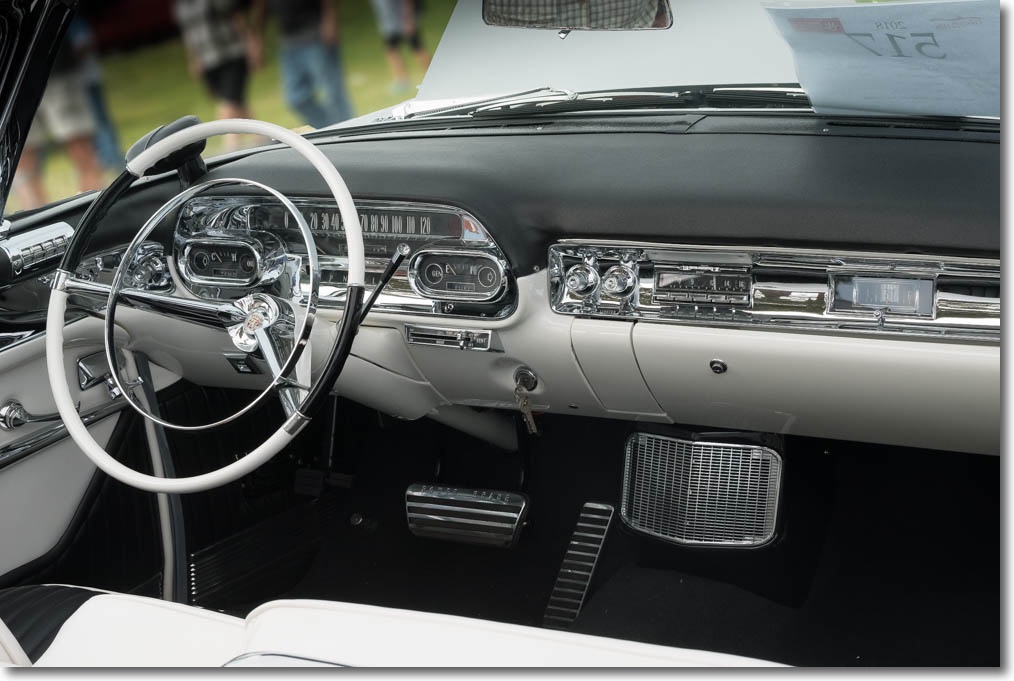
Big! Six gumbas? No problem.
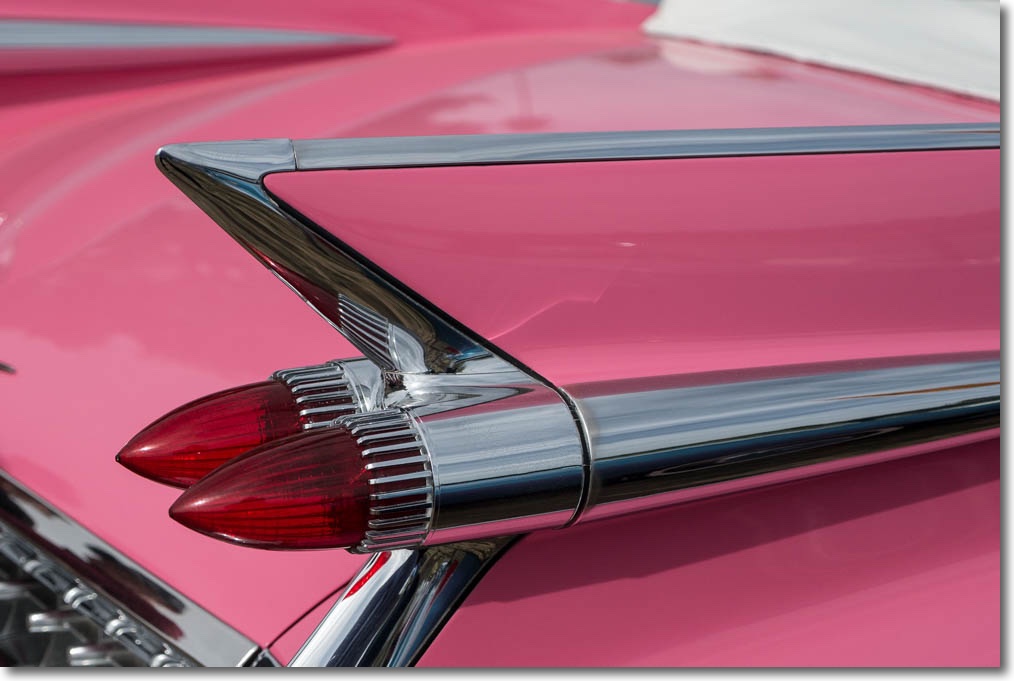
No, this will not fit in your garage.
I drove a rented 2017 Cadillac XTS this past summer when touring Ivy League colleges with my son and found it to have a nice, tight suspension – none of the wallow of old – and a decent engine, but still bedeviled by too much chintzy chrome and ergonomic complexity in the cabin. This was not the Cadillac of the 1950s. The chrome was chromed steel back then, and most definitely not chintzy.
Panny GX7, 12-35mm pro zoom.